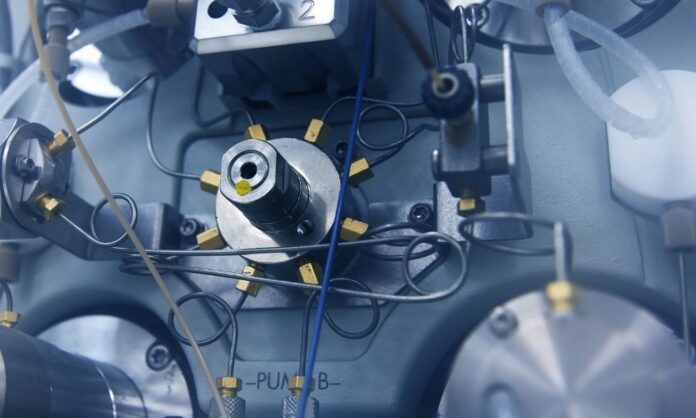Animal testing has always been political, but when it comes to the scientific community, most people understand that it’s necessary. But among scientists, many are now calling for an end to animal testing due to advancements in analytics which make testing on animals unnecessary and improves how experiments are performed. High-pressure Liquid Chromatography (HPLC) is an analytical chemistry technique used to separate, identify, and quantify parts of a mixture. During mobile and stationary phases, detectors separate solvents into their purest forms based on their characteristics. As such HPLC is highly suitable for replacing animal testing when developing pharmaceuticals and more.
Some Background on HPLC
HPLC is a chromatographic methodology for separating compounds into their constituent components in order to identify, quantify, and purify them. The technique was first conceived of in the 1960s it has become ubiquitous around the world in laboratories doing analytical chemistry, biochemistry, and industrial research. Originally the H and P stood for high pressure because it involved liquids under higher pressure to distinguish it from another form of chromatography that uses gases. One of its more common medical uses is for the detection of beta-thalassemia, a blood disorder that affects hemoglobin production in blood.
HPLC Is More Accurate Than Animal Testing
As we humans become more sensitive to animal rights, HPLC is proving to be an effective alternative to the use of animals in laboratory testing. Scientists can gain the same information from using it as they do with animals, and the results are often more accurate. Animal testing, in fact, may in the near future be limited to pre-human clinical trial drug testing as HPLC replaces the need.
HPLC Is More Ethical Than Animal Testing
In diabetes testing, HPLC is reducing the number of animals used. It is widely known but animal rights organizations estimate that laboratory experiments cause at least 100 million animals to die annually. As a technique to replace the use of laboratory animals, HPLC is far superior in detecting toxins in substances. This allows experiments to advance to the use of human volunteers with no animal intermediaries. One example is the use by chemists of ICP-MS, a type of mass spectrometry that tracks and analyzes contaminants in substances we may be putting into our bodies and the environment.
HPLC Is More Efficient Than Animal Testing
As labs shift to HPLC and use fewer animals, their experiments run more efficiently. They no longer need to source animals for testing including the costs of care and feeding. And HPLC is proving to be the best in vitro method to replace mice, eliminating the need for them altogether.
Unique advances in science constantly impact our lives. You are likely benefiting from scientific technology right now without even thinking about it. Now that you know how HPLC is being used you can assess your own purchases of pharmaceuticals and cosmetics and find out if the companies you buy from are no longer putting animals at risk for laboratory testing.
















